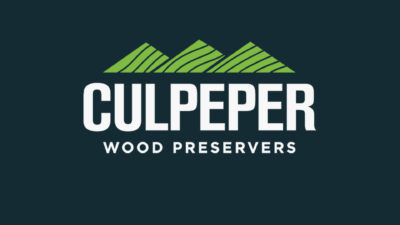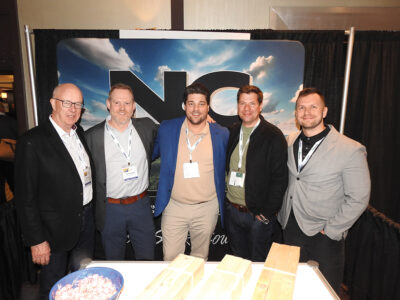By Nick Milestone, Senior Vice President, Strategy & Partnerships with the Softwood Lumber Board
Interest in building with wood continues to grow across the U.S., driven by next-generation lumber and mass timber building systems and growing recognition of mass timber’s economic, environmental, and social benefits. A bevy of new, innovative projects—with projects contracted or being built in 47 of the 50 US States and active projects in the design phase in all 50 states1 including the 24-story hybrid tower Ascent in Milwaukee, WI,—further motivate interest by demonstrating what is possible when building with wood. The Softwood Lumber Board (SLB) recently added a new tool to better quantify and capture current and future market opportunities for mass timber with the publication of an updated Mass Timber Outlook, which charts potential incremental Softwood lumber opportunity in the U.S. through 2035.
Developed in partnership with FPInnovations and Ben Romanchych Consulting, the Mass Timber Outlook leveraged a combination of current and historical market shares, wood building construction trends, and long-term forecasts to identify a potential of more than 4.9 billion board feet (bbf) of incremental opportunity by 2035. Further analysis demonstrated 65% of the estimated volume opportunity is projected to occur in non-residential construction; 78% in the one-to-six-story range ( in both residential and non-residential segments, with one-to-four stories accounting for 44% of the total volume opportunity); and 20% is comprised by wood cores. While board square foot opportunities vary by building system, the Mass Timber Outlook anticipates growth across all heights and types, particularly after 2030, as target shares in non-residential construction increase.
Notably, the Mass Timber Outlook also refines the anticipated positive impact hybrid building systems will have on Softwood lumber consumption, including when mass timber is paired with steel frame, light frame, or concrete podiums. To date, approximately two-thirds of all mass timber projects are hybrid, with the majority being residential projects. However, several new hybrid projects have recently come online in the U.S. hint at strong potential and applicability in institutional, healthcare and commercial settings, including, for example, projects at the Rhode Island School of Design, Seattle-Tacoma Airport, and UMASS Amherst Design building.
All told, the Mass Timber Outlook predicts the overall market opportunity will yield roughly 5,000 new mass timber or hybrid buildings per year by 2035, up from less than 750 buildings in 2025, as more developers and design and construction professionals opt for the benefits offered by wood. Wood’s combination of strength and light weight deliver outstanding structural performance. Its ease of use and versatility make it a natural fit for virtual design and construction and offsite manufacturing, both of which are currently revolutionizing the construction industry and resulting in shorter construction times, cost savings, and waste reduction.
Wood’s renewable nature and carbon-storage capabilities create a pathway for the construction sector to reduce its prolific greenhouse gas emissions and instead offer solutions to the growing, dual crises of global climate change and the growing population’s need for affordable housing. Wood also helps satisfy designers’ and consumers’ growing preference for biophilic design, which emphasizes bringing natural elements to indoor spaces to promote better health and well-being.
These factors combine to make mass timber the right material, at the right time in the U.S. market, and the Mass Timber Outlook confirms mass timber is and will be a force in the market for years to come. Using the Mass Timber Outlook as a guide, the SLB and its funded programs—the American Wood Council, Think Wood, and WoodWorks—will continue to press the business case for mass timber and hybrid construction, support the Softwood lumber industry to track and adapt to ever-evolving market conditions and grow demand, and, ultimately, translate market opportunities into the increased consumption of Softwood lumber.
Footnote
1. Dec 2020, WoodWorks Mass Timber Projects in Design and Constructed in the US









